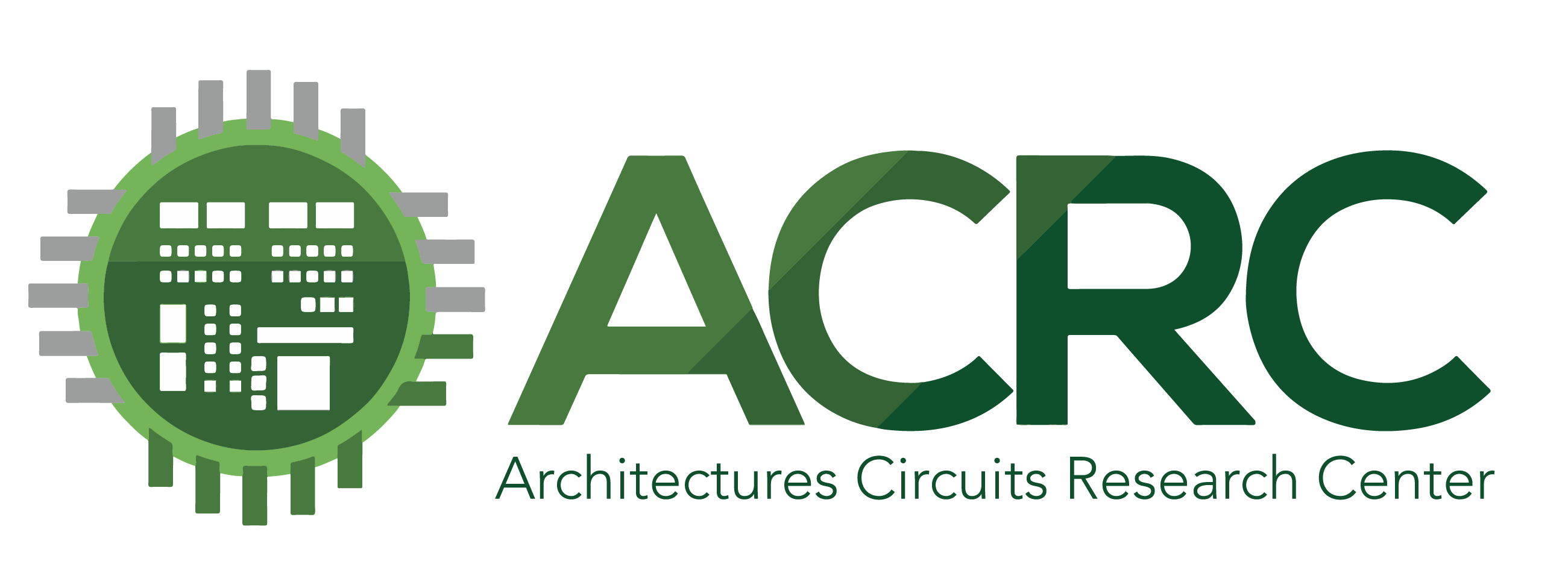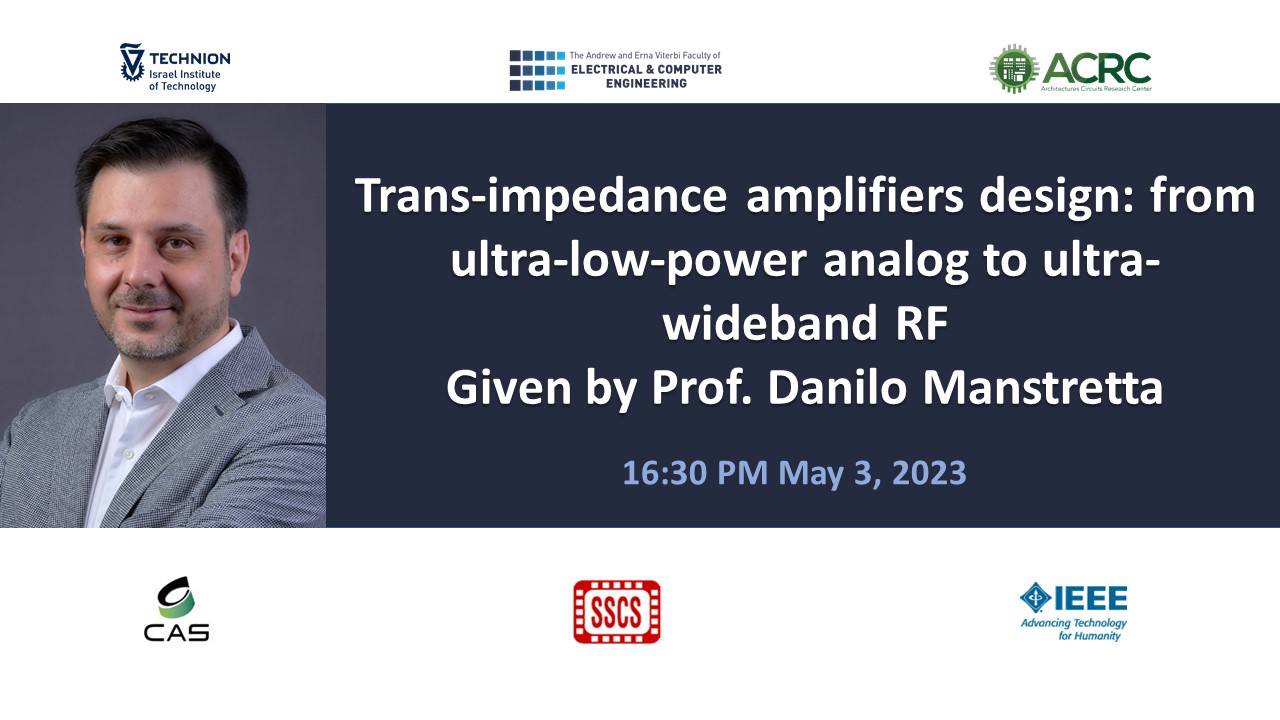In this talk a few TIA design examples will be presented, covering different types of applications.
TIAs can be broadly grouped into two categories, i.e. closed-loop and open-loop topologies.
Closed loop TIAs generally have better frequency response precision and can achieve higher dynamic range, but typically have higher power dissipation and limited bandwidth.
Open loop topologies are preferred when very wide bandwidth or ultra-low power dissipations are required.
In wireless sensor networks or Internet-of-Things (IoT), bandwidth is limited but power dissipation is reduced to a minimum, leading to ultra-low-power TIAs that consume only a few uW.
In 5G FR1 receivers, TIAs with tens of MHz bandwidth and a very high dynamic range are required. Closed-loop architectures are dominant, often with complex op-amp architecture and with power consumptions in the order of a few mW.
In 5G FR2 receivers, TIAs with hundreds of MHz to a few GHz bandwidth are used, mostly based on open-loop topologies with power dissipations of tens of mW.
Danilo Manstretta Member, IEEE) received the Laurea degree (summa cum laude) and the Ph.D. degree in electrical engineering and computer science from the University of Pavia in 1998 and 2002, respectively.
From 2001 to 2003 he was with Agere Systems as a Member of the Technical Staff, working on WLAN transceivers and linear power amplifiers for base stations. From 2003 to 2005 he was with Broadcom Corporation, Irvine, CA, working on RF tuners for TV applications. In 2005 he joined the University of Pavia, where he is now an Associate Professor. His research interests are in the field of analog, RF, optical, and millimeter-wave integrated circuit design.
Dr. Manstretta has been a member of the Steering Committee of the IEEE Radio Frequency Integrated Circuits (RFIC) Symposium since 2017. He was a TPC member for the same conference from 2006 to 2021. He became TPC co-Chair in 2022 and is the RFIC TPC chair in 2023. He was Guest Editor of the IEEE Journal of Solid-State Circuits May 2017 Special Section dedicated to the 2016 RFIC Symposium and Guest Editor of the IEEE Transactions on Microwave Theory and Techniques June 2018 Mini Special Issue dedicated to the 2017 RFIC Symposium. He is a member of the European Solid-State Circuit Conference (ESSCIRC) TPC since 2022. He is a Distinguished Lecturer of the Solid-State Circuits Society. He was co-recipient of the 2003 IEEE Journal of Solid-State Circuits Best Paper Award.
Important: participation is free of charge, but registration is required
For more details and updates on the series of “ACRC Semiconductor Webinars” please follow our newsletters and our website



